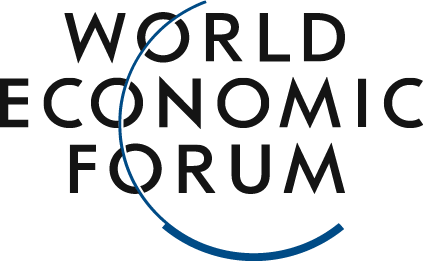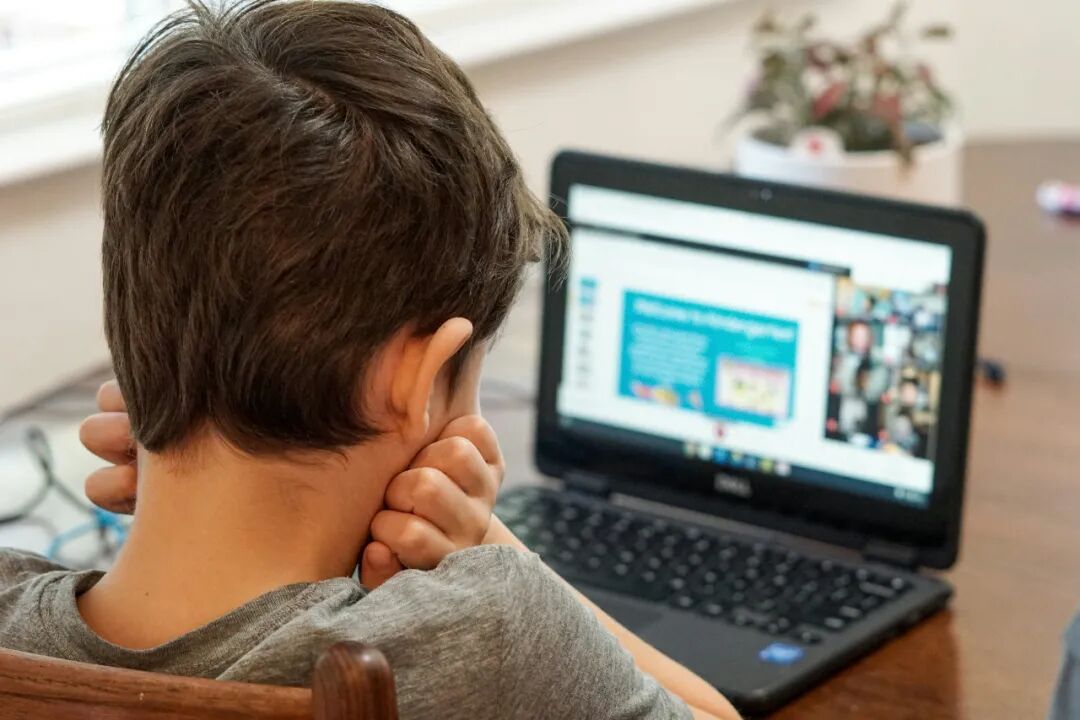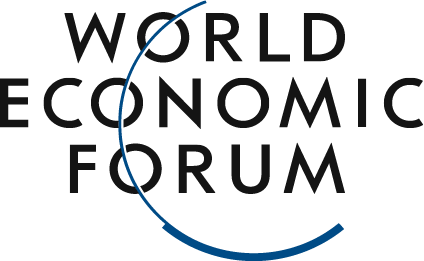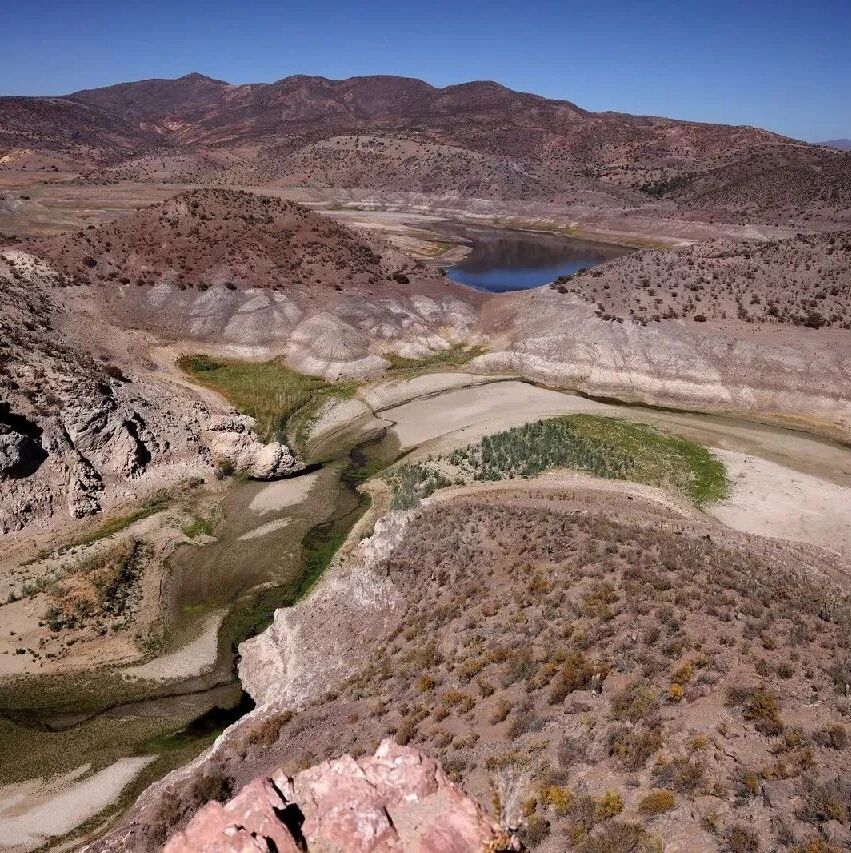Children need to receive cybersecurity education.
Image source:Thomas Park/Unsplash
Agustina Callegari
Head of the World Economic Forum's Global Digital Security Alliance Project
Adeline Hulin
PositionUNESCO Media and Information Literacy
And the head of the Digital Capabilities Department
The younger generation is growing up in an increasingly digital and social-media-driven world.
Raising awareness and fostering media literacy among people is crucial.
Only through cross-departmental collaboration and a sustained focus on media and information literacy can we foster a digital ecosystem that prioritizes truth, safety, and informed participation.
Thanks to advancements in technologies like artificial intelligence and shifting consumer patterns, the information ecosystem has undergone significant transformation. While this evolution has opened up broader avenues for accessing information, it also presents substantial challenges—particularly for younger generations who are growing up in a world dominated by digital and social media. Initiatives such as UNESCO’s Global Media and Information Literacy (MIL) Week play a crucial role in raising awareness and equipping individuals with the essential skills needed to navigate this complex environment effectively.Young people's media consumption is shifting.Digital technology has profoundly reshaped how younger generations consume media. Traditional platforms like newspapers and television are gradually being replaced by digital alternatives. According to the "2024 Digital News Report" released by Reuters and Oxford University, platforms such as YouTube, Instagram, and TikTok have now become central hubs for news consumption. Globally, 31% of the population turns to YouTube weekly for news, while 21% rely on WhatsApp. Meanwhile, TikTok’s usage has surged to 13%, surpassing X (formerly Twitter) as a key source of news.The rise of short, visually driven content on platforms like TikTok and Instagram Reels is a prime example of this shift. Algorithms now deliver personalized content, capturing young users with bite-sized messages. Two-thirds of users watch short-form news videos every week, underscoring the growing importance of visual storytelling. These changes are posing challenges for traditional publishers, particularly in terms of monetization and fostering deeper user engagement.Training on Media Literacy and CybersecurityAs consumers and creators of digital content, young people play a pivotal role in today’s digital landscape. Platforms like YouTube, TikTok, and Instagram have democratized media creation, enabling anyone with a smartphone to publish content and connect with audiences worldwide. While this easy access opens up tremendous opportunities for creativity and self-expression, it also underscores the critical need for media literacy skills—equipping individuals to navigate the digital ecosystem responsibly.Young people must learn to critically evaluate information sources, understand the basics of fact-checking, spot misinformation, and safeguard their online privacy. These skills empower them to thoughtfully consume digital content—and even contribute positively by creating ethical, accurate, and respectful content of their own.Critical Thinking and Content VerificationUNESCO’s Global Media and Information Literacy (MIL) Week takes place annually from October 24 to 31, serving as a vital platform for addressing the growing complexity of today’s information ecosystem. In the digital age, media literacy is essential to fostering a safer, more informed internet environment. The Global MIL Week promotes critical thinking, fact-checking, and media verification, empowering individuals to develop the skills needed to distinguish reliable sources from misinformation or harmful content.Global Media and Information Literacy Week fosters international collaboration through educational programs, public awareness campaigns, and partnerships between governments, tech companies, and civil society. These efforts are essential for building a safer, more informed digital environment, as media literacy plays a critical role in combating misinformation and addressing cybersecurity challenges.Digital content creators are emerging as key news providers, reshaping the global information landscape. With their ability to reach millions of followers or cultivate niche communities, they play a vital role in delivering public-interest information to audiences worldwide. Yet, despite their growing influence, there is an urgent need for a framework that not only recognizes their contributions but also equips them with the media and information literacy skills necessary to produce reliable, ethical content—and to effectively address misinformation, disinformation, and hate speech.Multiple stakeholders working togetherMedia literacy is essential for building a safe and informed online environment, but achieving effective implementation requires a collective effort from society as a whole. Media literacy skills are invaluable for people of all ages, as everyone in society encounters digital content on a daily basis. This makes the ability to evaluate information sources, spot misinformation, and adopt safe online practices increasingly critical. Expanding media literacy training—from younger generations to adults, parents, educators, and seniors—can help foster a more informed, resilient, and responsible digital society. A societal commitment to media literacy lays the groundwork for collectively navigating the digital landscape safely, ultimately empowering everyone to enjoy a safer, better-informed internet.While educating the younger generation is crucial, the lasting impact of media literacy depends on coordinated efforts across all sectors. Governments, tech companies, civil society, and academia must collaborate to create a safer digital environment for everyone. The Global Digital Safety Alliance exemplifies this vital multi-stakeholder approach, bringing together diverse groups to tackle shared digital security challenges and develop solutions that benefit society as a whole.With the advancement of digital technology and the evolving consumer landscape, maintaining a healthy online environment has become everyone’s shared responsibility. Only through cross-sector collaboration and a sustained focus on media and information literacy can we nurture a digital ecosystem that prioritizes truth, safety, and informed participation. Equipping the younger generation with essential media literacy skills is particularly crucial, as they are both active consumers and creators of digital content.
The above content solely represents the author's personal views.This article is translated from the Agenda blog of the World Economic Forum; the Chinese version is for reference only. Feel free to share it on your social media circles, but please leave a comment below this article if you’d like to request permission for reprints.
Editor: Wang Can
The World Economic Forum is an independent and neutral platform dedicated to bringing together diverse perspectives to discuss critical global, regional, and industry-specific issues.
Follow us on Weibo, WeChat Video Accounts, Douyin, and Xiaohongshu!
"World Economic Forum"





